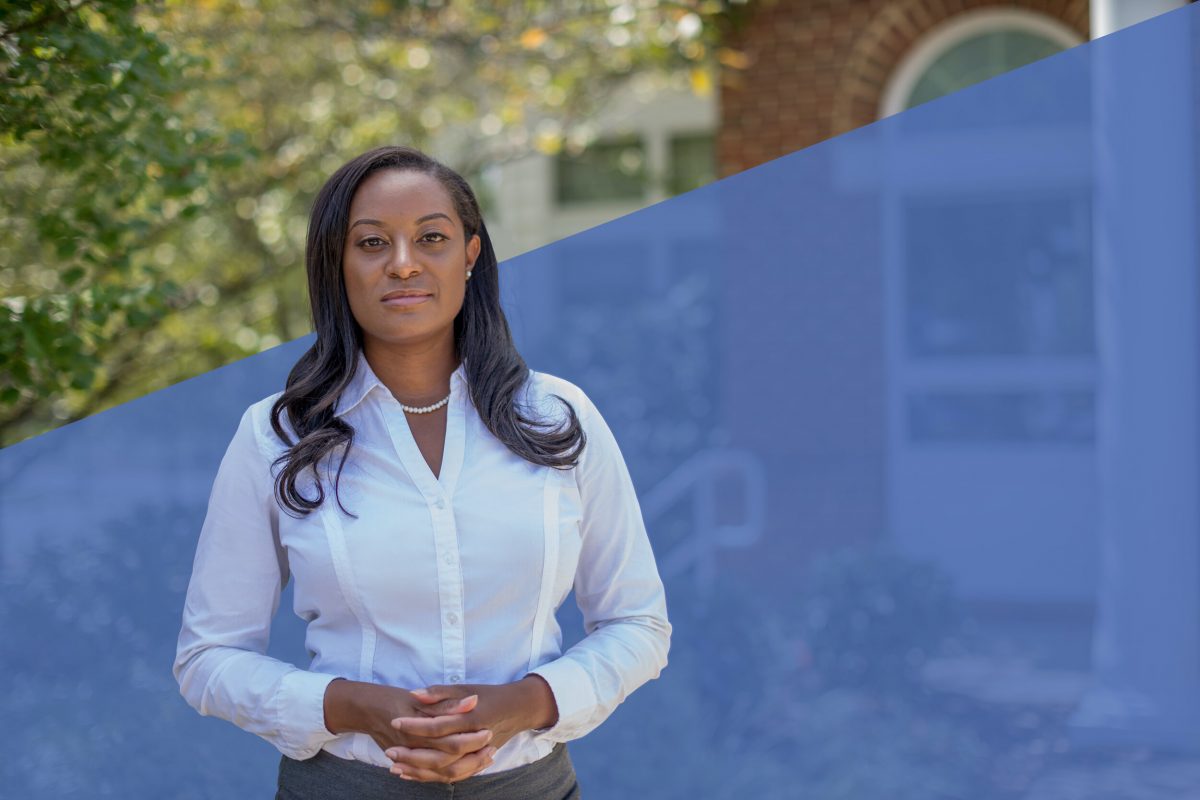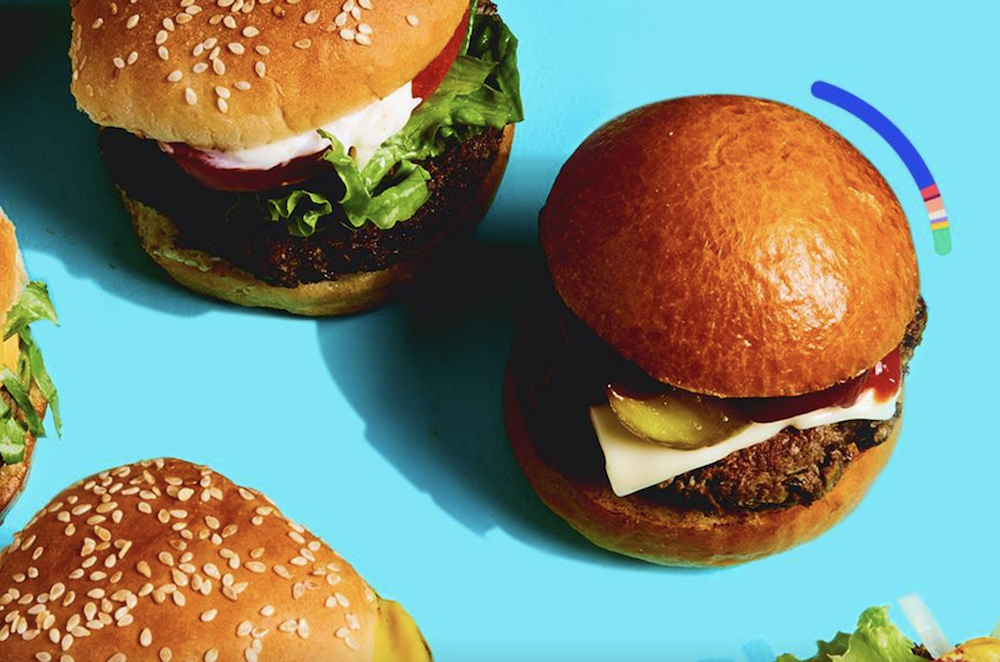Delegate Jennifer Carroll Foy has been working for change since childhood. Now in her run to become Virginia’s next Governor, she’s fighting for affordable healthcare, living wages, social equity, environmental issues, and more. Delegate Jennifer Carroll Foy knew she...





